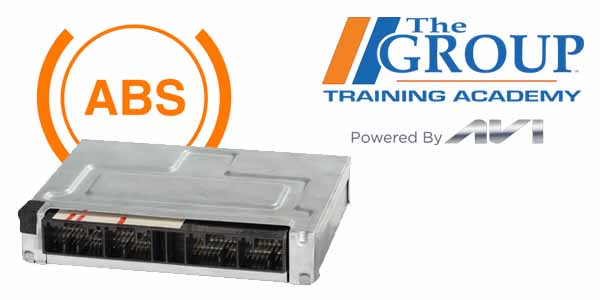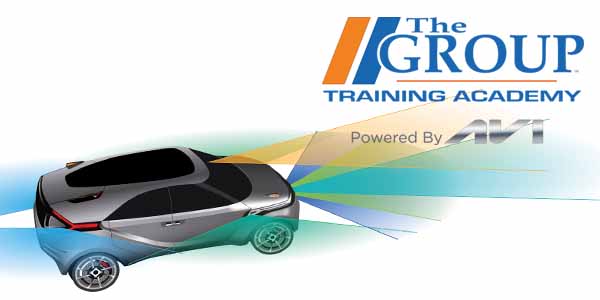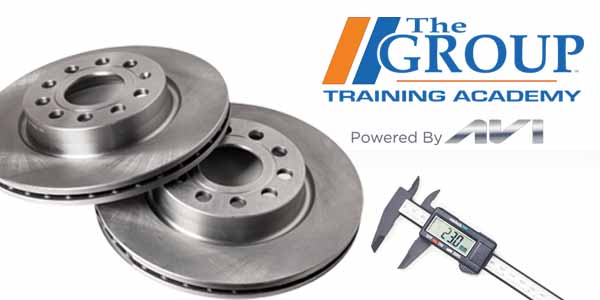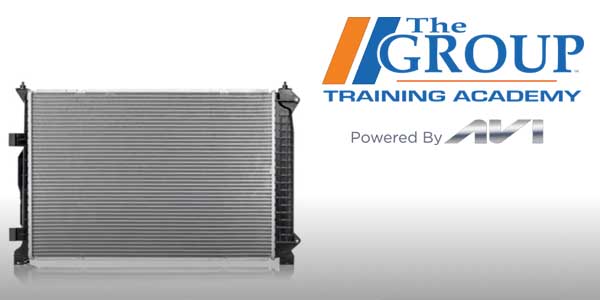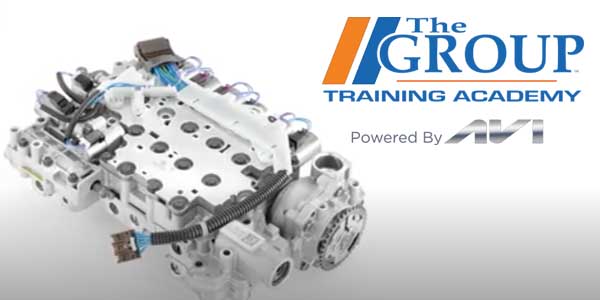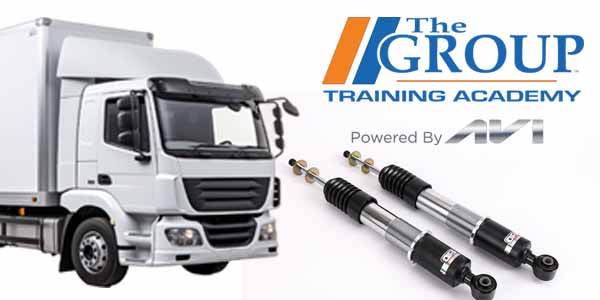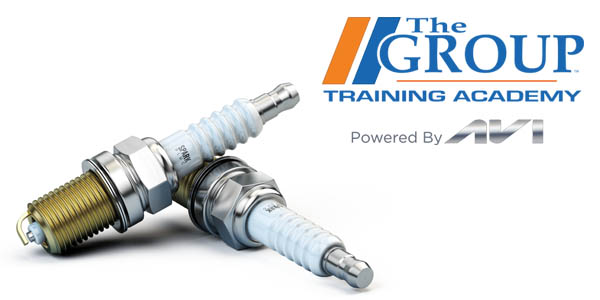CC:
In the intricate symphony of modern combustion engine fuel injectors play a vital role. These precision components ensure the optimal delivery of fuel into the engine cylinders. Fuel injectors are essentially valves that deliver pressurized fuel into the combustion chamber of an engine. They do this in precise amounts and at the right time to ensure efficient combustion fuel injectors are the modern successors to carburetors. They ensure precise fuel metering crucial for optimal air fuel mixtures, enhancing engine performance and fuel efficiency. By controlling the timing and amount of fuel injected that contributes significantly to reducing harmful emissions. The operation of a fuel injector involves several key steps. First fuel is pressurized by the fuel pump and sent through the fuel rail to the injectors. Then the injector opens in response to an electrical signal from the engine and control unit, allowing fuel to be sprayed into the combustion chamber at a fine mist.
This mist mixes with air creating the combustible mixture necessary for the engine to run. Over the years fuel injectors have evolved from simple mechanical designs to sophisticated electronic systems capable multiple injections per combustion cycle. This evolution has led to cleaner more efficient engines that can meet stringent environmental standards. However, with sophistication comes some vulnerability. Common failure points include clogging from fuel, impurities wear, and tear of injector, nozzles, and electrical failures within the injector. Solenoid. Symptoms of failing injectors might include rough eyeing, reduced power, increased fuel consumption, and even engine performance. Troubleshooting fuel injectors typically involves a series of tests. This includes checking fuel pressure, inspecting injector seals for leaks, and using diagnostic tools to assess injector performance. Regular maintenance is key to ensuring fuel injectors operates smoothly. This includes using high quality fuel, periodically cleaning injectors to remove deposits and replacing worn seals or damaged components.
When recommending replacement injectors, consider the vehicle’s requirements. High quality injectors ensure reliability and performance, maintaining or even enhancing the vehicle’s efficiency and power output. For performance enthusiasts or vehicles operating under extreme conditions, high performance injectors can provide the additional fuel flow necessary for increased power. When installing new fuel injectors, there are a few tips your customers should follow to make sure things go smoothly. It’s important for them to ensure a clean working environment to prevent contamination. It’s important to lubricate O-rings to avoid damage during installation, and to always use new seals and gaskets to prevent leaks. Thanks for watching.
This video is sponsored by The Group Training Academy.

